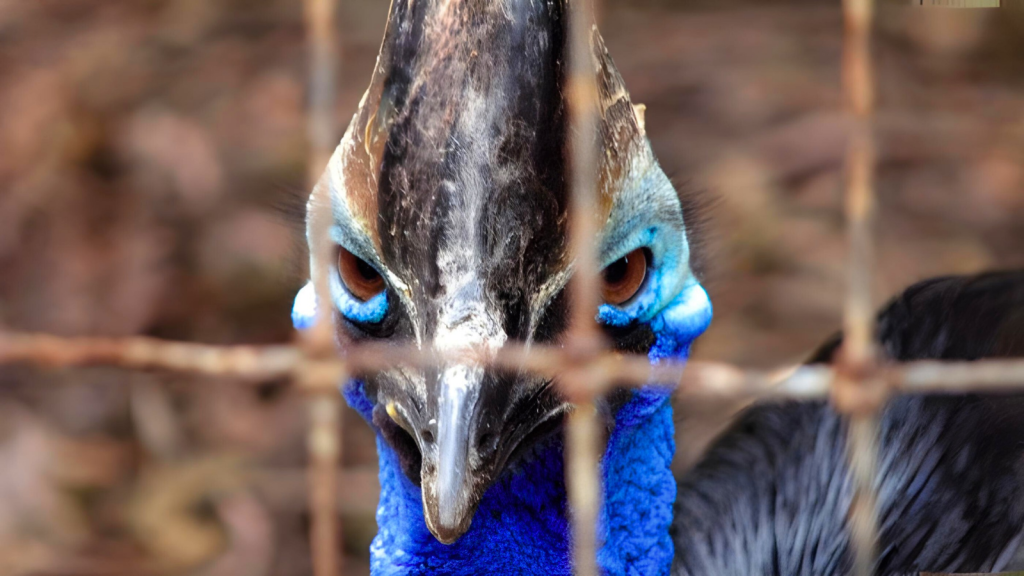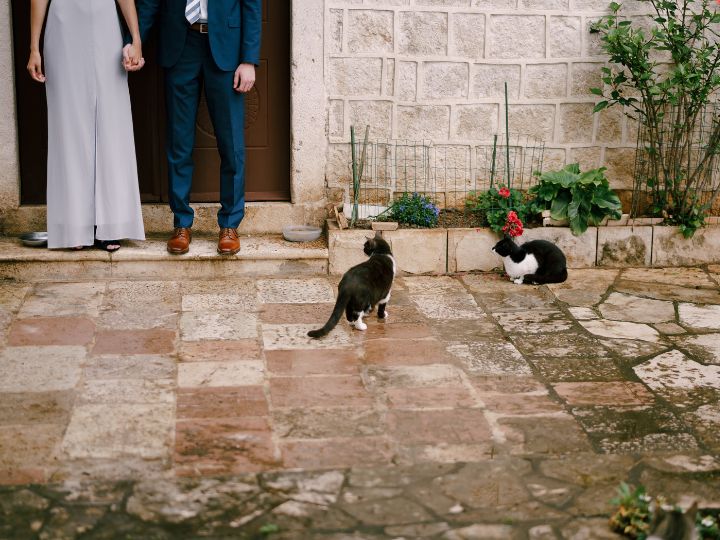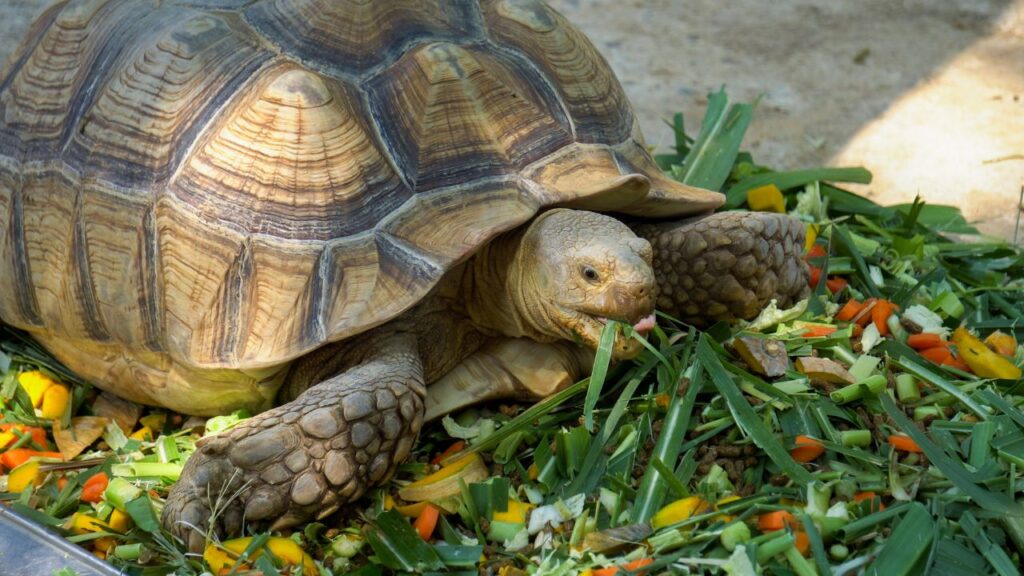The cassowary, Australia’s fierce, flightless bird, is known for its powerful kicks and razor-sharp claws. Standing up to 2 metres tall and weighing up to 60 kilograms, it’s no wonder most animals steer clear of this prehistoric-looking creature. But in the diverse habitats of northern Australia and New Guinea, some brave (or foolish) animals dare to cross paths with the cassowary. From cunning predators to unwitting neighbours, these creatures have found ways to coexist with one of nature’s most formidable birds. Let’s explore ten animals that don’t back down from a cassowary encounter.
1. Dingoes
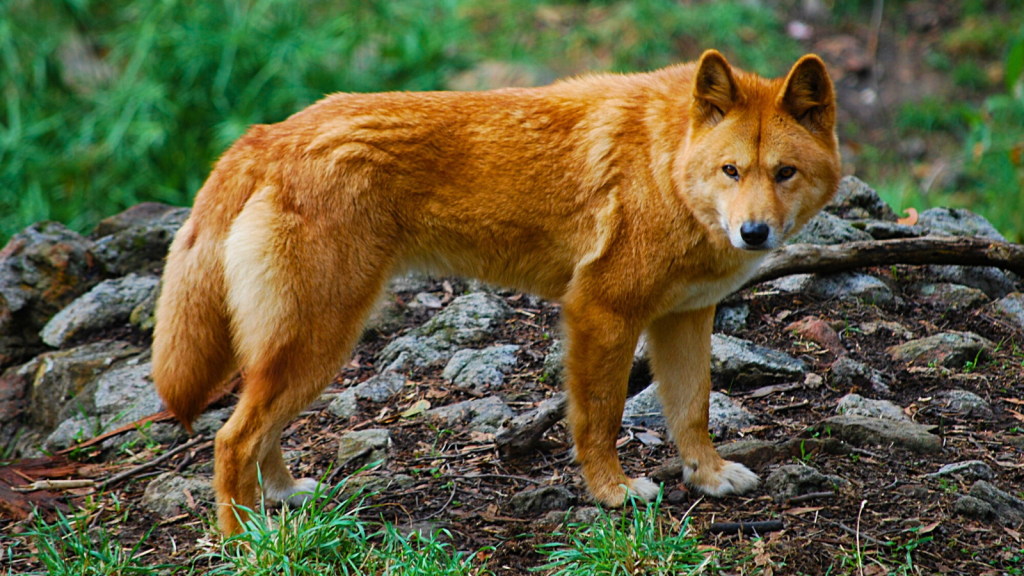
Australia’s wild dogs, dingoes, are no strangers to taking on large prey. These clever canines have been known to work in packs to challenge cassowaries, especially targeting younger birds. While adult cassowaries can easily fend off a lone dingo, a coordinated group attack can sometimes prove successful. Dingoes’ adaptability and social hunting strategies make them formidable opponents in the Australian wilderness.
2. Saltwater Crocodiles
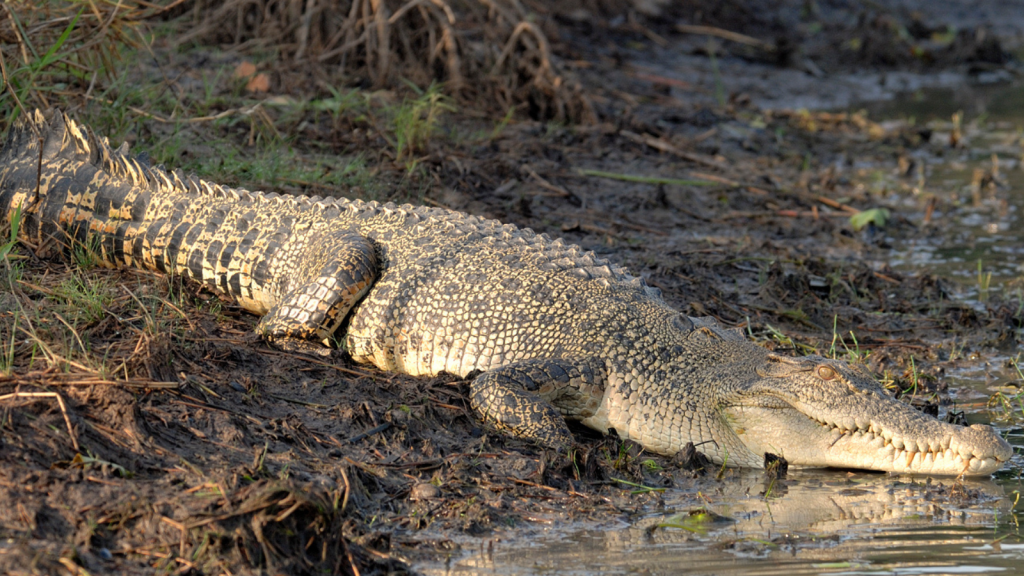
In the wetlands and mangrove swamps where cassowaries sometimes venture, saltwater crocodiles reign supreme. These ancient predators, capable of growing up to 6 metres long, won’t hesitate to ambush a cassowary that strays too close to the water’s edge. The cassowary’s powerful legs are no match for a croc’s bone-crushing jaws. Saltwater crocodiles’ patient hunting technique and camouflage make them particularly dangerous to unsuspecting cassowaries.
3. Feral Pigs

Introduced to Australia, feral pigs have become a menace to native wildlife, including cassowaries. These omnivorous invaders often compete with cassowaries for food and occasionally prey on their eggs and chicks. Adult cassowaries can usually chase off feral pigs, but the damage to their breeding success can be significant. The pigs’ rooting behaviour also destroys cassowary habitat, further impacting the birds’ survival.
4. Pythons
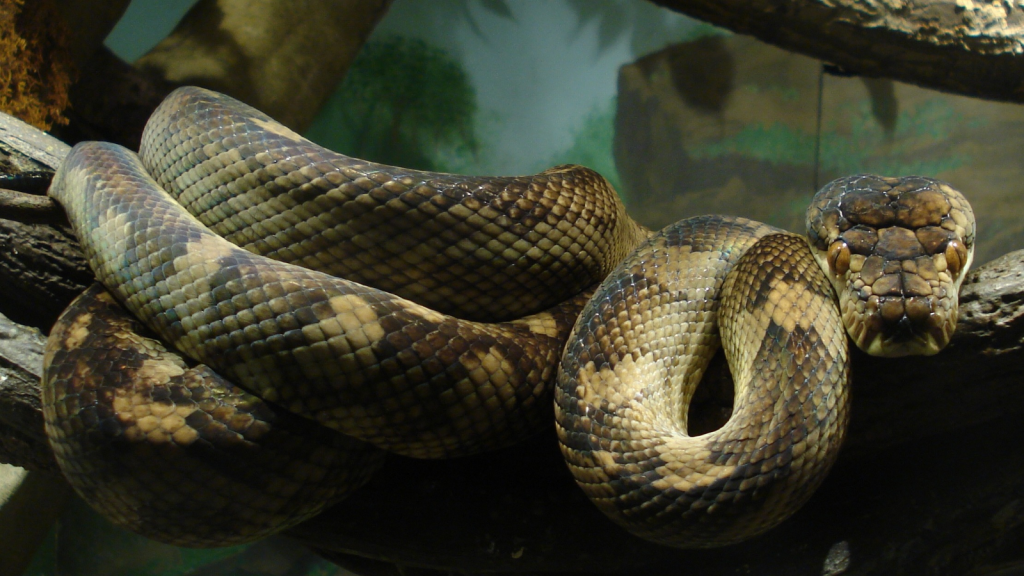
Large pythons, such as the amethystine python, are among the few animals brave enough to take on adult cassowaries. These powerful constrictors can grow up to 5-6 metres long and have been observed attacking and consuming cassowaries. However, such encounters are rare and often end in a stalemate. Pythons’ ability to swallow prey much larger than their own head makes them a unique threat to cassowaries of all sizes.
5. Wedge-Tailed Eagles
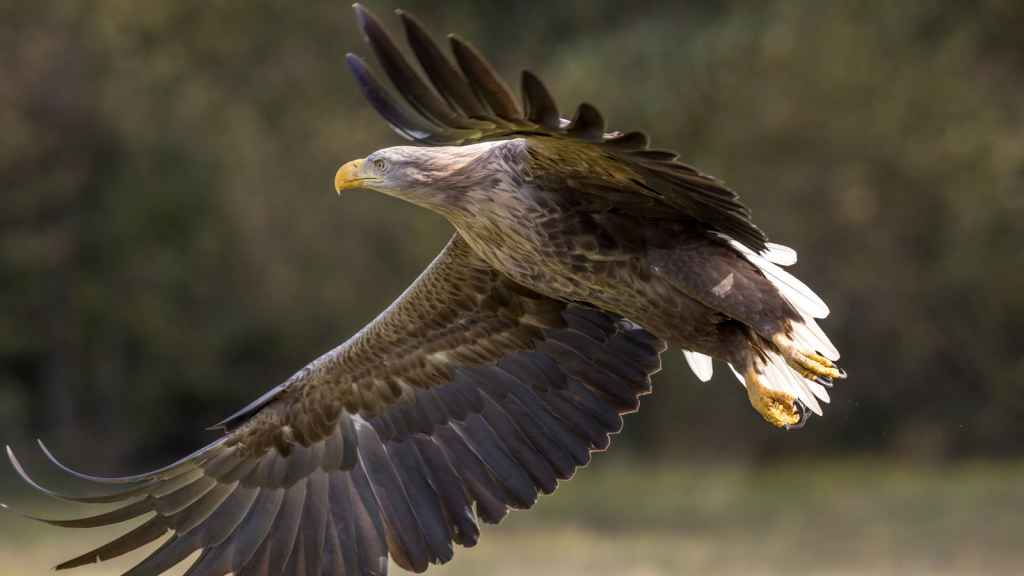
Australia’s largest bird of prey, the wedge-tailed eagle, occasionally clashes with cassowaries. While adult cassowaries are too large for these raptors to hunt, eagles have been known to swoop down and snatch cassowary chicks. This aerial threat keeps cassowary parents ever-vigilant. The eagles’ exceptional eyesight and powerful talons make them efficient hunters of young, vulnerable cassowaries.
6. Monitor Lizards
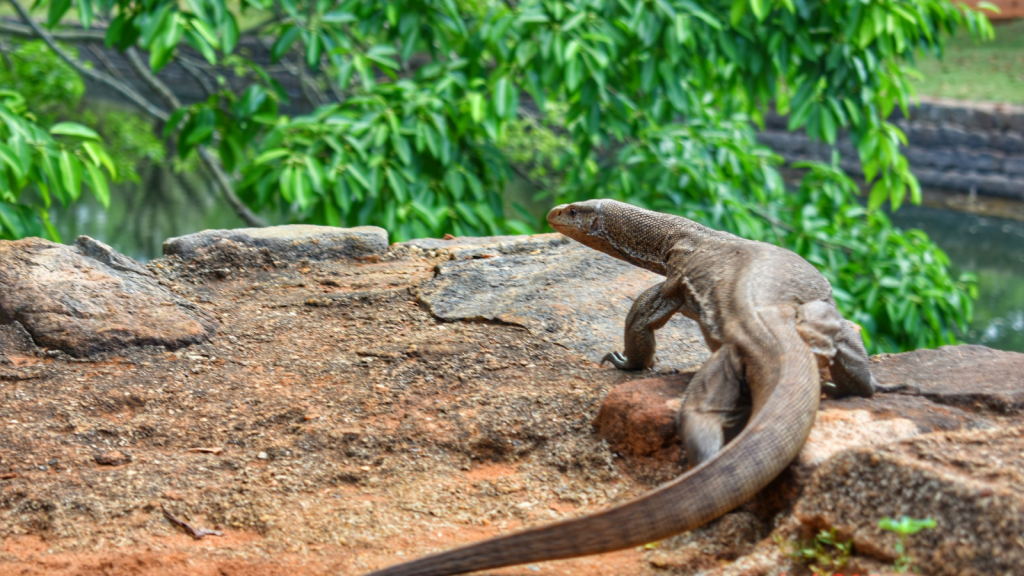
Large monitor lizards, like the lace monitor, are opportunistic predators that won’t pass up a cassowary egg meal. These scaly reptiles use their keen sense of smell to locate cassowary nests and their sharp claws to dig up buried eggs. Adult cassowaries fiercely defend their nests, but monitors are surprisingly agile and quick to escape. The lizards’ forked tongues, which can detect chemical signals, help them find hidden cassowary nests with remarkable accuracy.
7. Wild Dogs
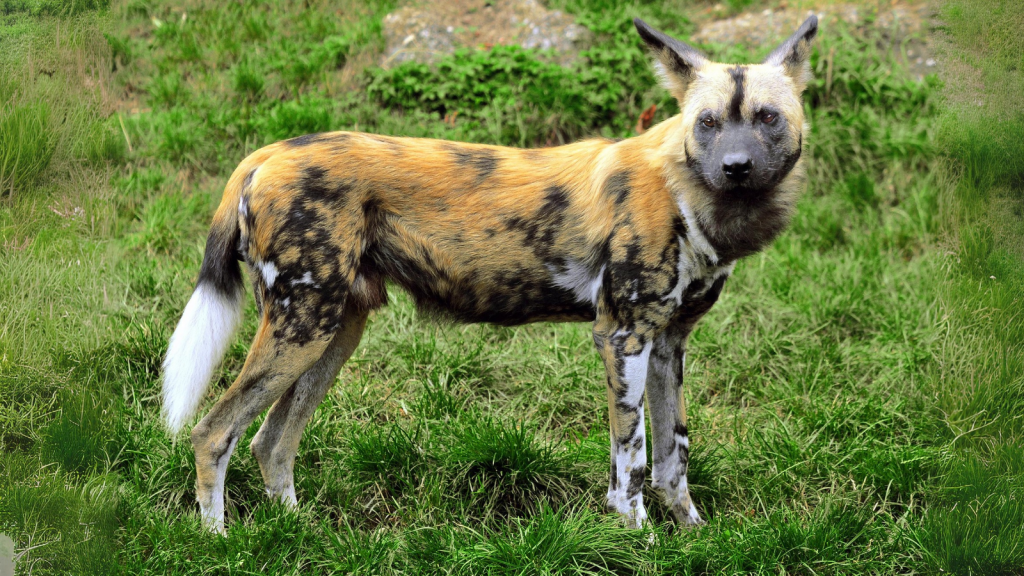
Packs of wild dogs, descendants of escaped domestic dogs, pose a significant threat to cassowaries. These feral canines hunt cooperatively and can overwhelm even adult cassowaries. Their presence in cassowary habitats has become a growing concern for conservationists. Unlike dingoes, wild dogs may be more aggressive and less wary of humans, potentially leading to more frequent conflicts with cassowaries in areas of human activity.
8. Humans
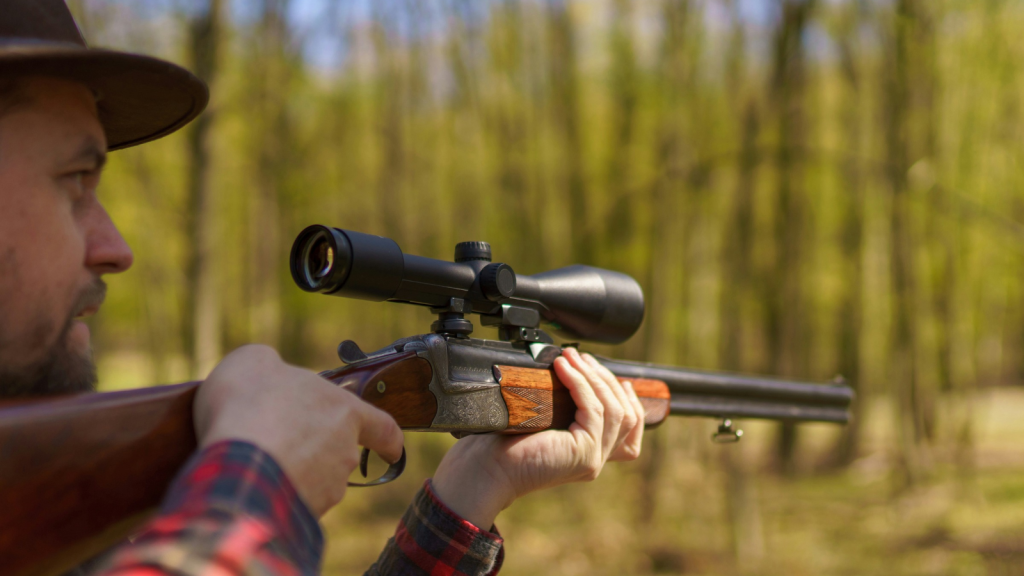
Perhaps the most formidable challenger to the cassowary is the human. Through habitat destruction, road accidents, and occasional direct conflicts, people have become the biggest threat to cassowary populations. Conservation efforts are crucial to ensure the survival of these magnificent birds. Education programs and wildlife corridors are being implemented to reduce human-cassowary conflicts and protect these unique creatures.
9. Goannas
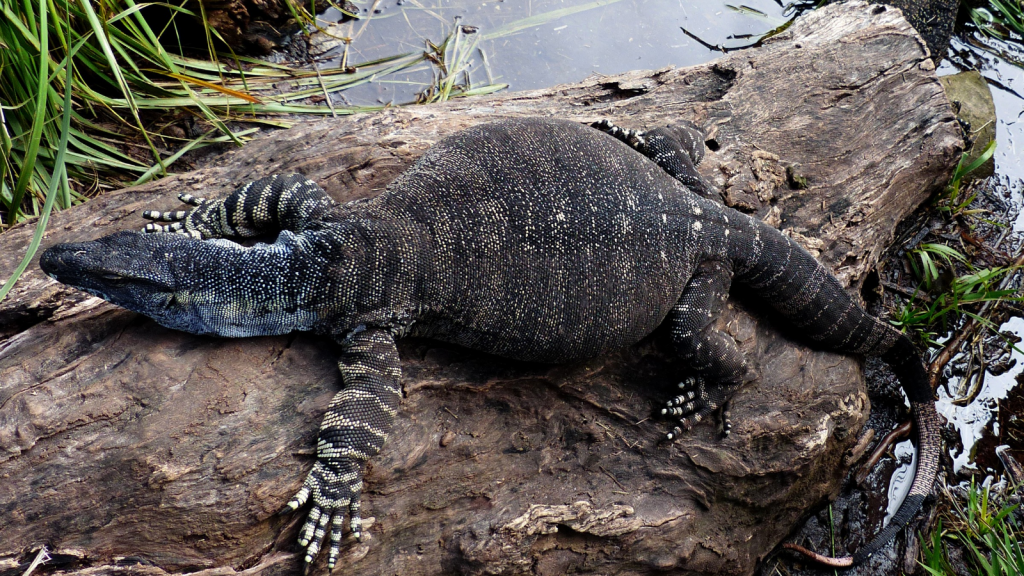
These large, predatory lizards are known to raid cassowary nests for eggs. Goannas are excellent climbers and can easily access nests built in low branches or on the ground. While adult cassowaries can easily chase away goannas, the lizards’ persistence and agility make them a constant nuisance. Goannas’ long, forked tongues allow them to detect chemical traces of cassowary eggs, making them efficient nest raiders.
10. Feral Cats
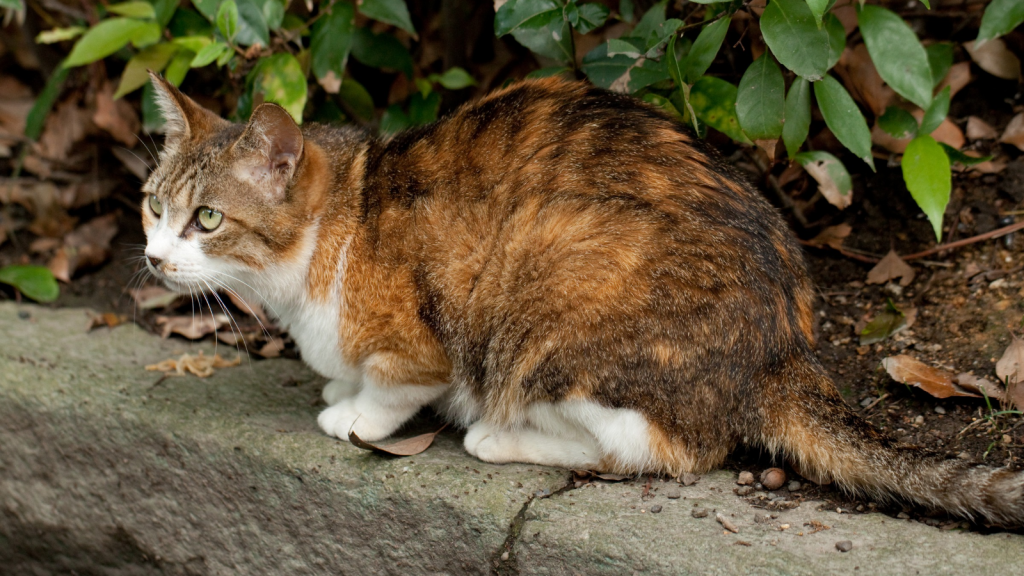
Although not a direct threat to adult cassowaries, feral cats have a devastating impact on young birds and eggs. These stealthy predators, introduced to Australia, are excellent hunters and have contributed to the decline of many native species, including cassowaries. Their presence in cassowary habitats is a growing concern for wildlife managers. Feral cats’ ability to thrive in various environments and their high reproductive rate make them a persistent threat to cassowary conservation efforts.
Becky is a fervent wildlife enthusiast and pet care expert with a diploma in canine nutrition. Her love for animals stretches beyond the domestic, embracing the wild tapestry of global fauna. With over a decade of experience in animal welfare, Becky lends her expertise to OutlandishOwl through insightful articles, captivating wildlife information, and invaluable guidance on pet nutrition. Her work embodies a deep commitment to understanding the intricate lives of animals and a passion for educating others on sustaining natural habitats. Becky's hands-on conservation efforts and her knack for translating complex dietary science into practical pet feeding tips make her an indispensable voice for creatures great and small.

